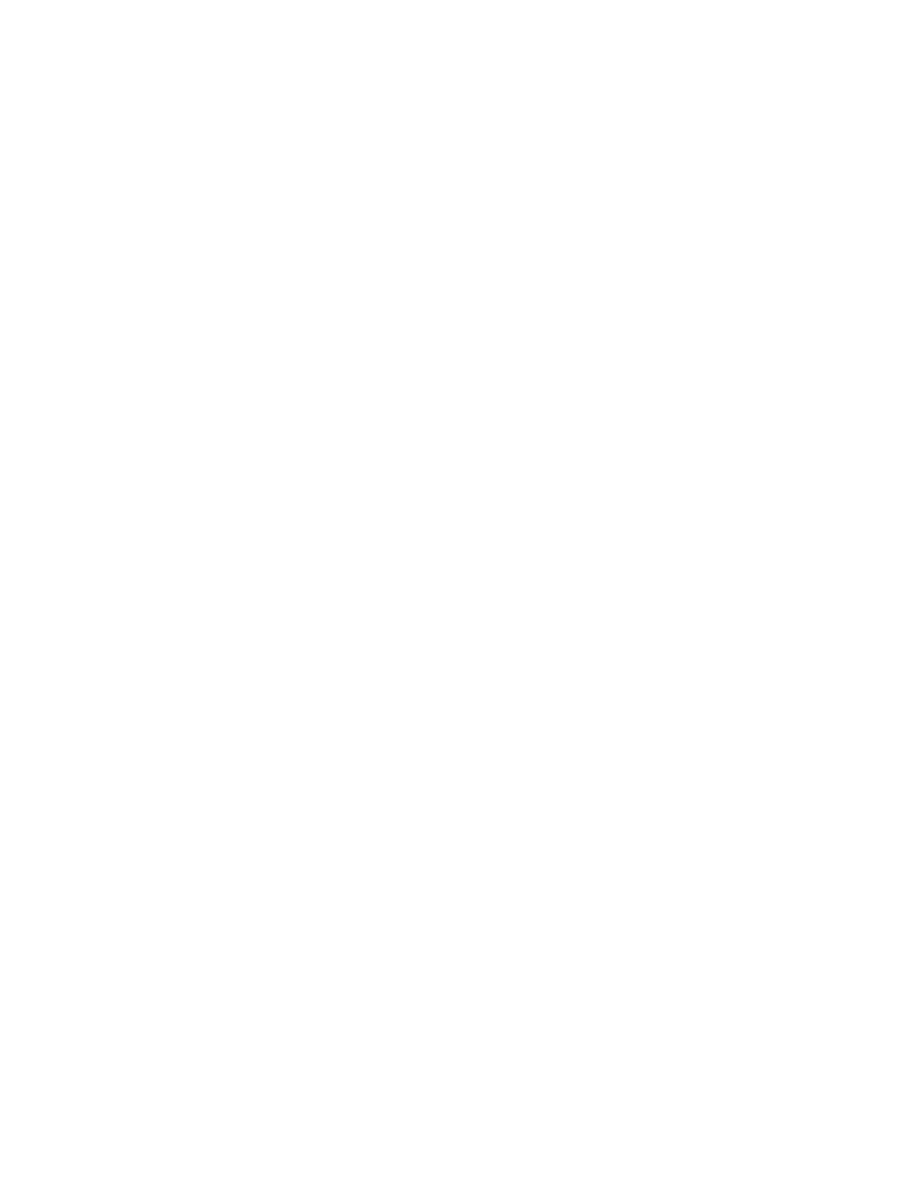Monaco V6-182 3.0L SOHC (1990)

^
Using Meguiar's Mirror Glaze No. 62, wash and dry a two-foot square test area on the vehicle.
^
Dry the surface and inspect for any remaining spotting. If the spotting will wash off the test area, it is most likely alkaline spotting and can be
washed off the remaining areas with Mirror Glaze No. 62.
If the damage appears to be industrial fallout or as chemical etching in the surface coat, continue working on the test area as directed in level (B) that
follows.
CLEARCOAT DAMAGE FROM INDUSTRIAL FALLOUT OR CHEMICAL ETCHING (B)
Industrial Fallout
CAUTION:
WHEN BUFFING THE HOOD, OPEN IT FAR ENOUGH TO PREVENT MARRING THE FENDER. WHEN BUFFING THE
FENDERS, OPEN THE HOOD TO PREVENT MARRING. WHEN BUFFING THE ROOF PANEL, REMOVE THE DRIP RAIL
MOLDINGS AND MASK THE B-PILLAR WITH TAPE TO PREVENT DAMAGING THE ADJACENT PANELS.
^
Measure the paint film thickness.
^
After washing the test area with Meguiar's Mirror Glaze No. 62, polish the repair area with Meguiar's Mirror Glaze No. 15 and a foam pad. If the
fallout damage is still visible, apply Meguiar's Mirror Glaze No. 14 with a wool pad to remove the fallout and then polish with Mirror Glaze No.
15. Check the paint film thickness to insure that no more than 0.4 mil of material has been removed. If more than 0.4 mil of paint film has been
removed, new clearcoat will have to be applied.
Chemical Etching
CAUTION:
WHEN BUFFING THE HOOD, OPEN IT FAR ENOUGH TO PREVENT MARRING THE FENDER. WHEN BUFTING THE
FENDERS, OPEN THE HOOD TO PREVENT MARRING. WHEN BUFFING THE ROOF PANEL, REMOVE THE DRIP RAIL
MOLDINGS AND MASK THE B-PILLAR WITH TAPE TO PREVENT DAMAGING THE ADJACENT PANELS.
^
Wash a two-foot square area of the damaged panel with Meguiar's Mirror Glaze
No. 62. Measure the paint film thickness. Polish the test area with Meguiar's Mirror Glaze No. 15 and a foam pad. If the etching is still visible,
apply Meguiar's Mirror Glaze No. 14 with a 9-inch wool pad, followed by Mirror Glaze No.15 and a foam pad. Check the paint film thickness to
insure that no more than 0.4 mil of paint film has been removed. If the film thickness removed is more than 0.4 mil, the panel will have to have
new clearcoat applied. If the test area has no signs of damage, use the test procedure on the entire panel. If the damage is still visible in the test
panel, continue to the next step.
^
Wet sand with Meguiar's 2000 grit sandpaper and buff with Meguiar's Mirror Glaze No. 14 and a wool pad and follow-up with the Mirror Glaze
No. 15 and a foam pad. If the damage is still visible, repeat the process.
CAUTION:
DO NOT USE SANDPAPER GRITS COARSER THAN 2000. DAMAGE MAY OCCUR TO THE FINISH.
If the etching is removed from the test area, measure the paint film thickness. If less than 0.4 mil of clearcoat has been removed, continue to use the same
procedure to repair the remaining areas.
In extreme cases, sanding and buffing may not remove the etching without going through the clearcoat. If the etching exceeds the thickness of the
clearcoat, continue to Level C below.
DAMAGE THROUGH THE CLEARCOAT (C)
^
When chemical etching is through the clearcoat, the panels will require new paint. When a panel requires new paint, use urethane
basecoat/clearcoat materials such as BASF DIAMONT System 88, PPG DELTRON, DuPont 1089 EURO CLEAR or Sherwin-Williams
Ultrabase. Contact your local jobber for these materials.
POLICY:
Reimbursable within the provisions of the warranty.
TIME ALLOWANCE:
Labor Operation No.
23-67-90-00 . . . . . . . . . . . . . . . . . . . . . A/T Hrs.
FAILURE CODE:
ED - Environmental damage repair
Technical Service Bulletin # 231190
Date: 900910
Paint - Evironmental Damage
NO.: 23-11-90
GROUP:
BODY
